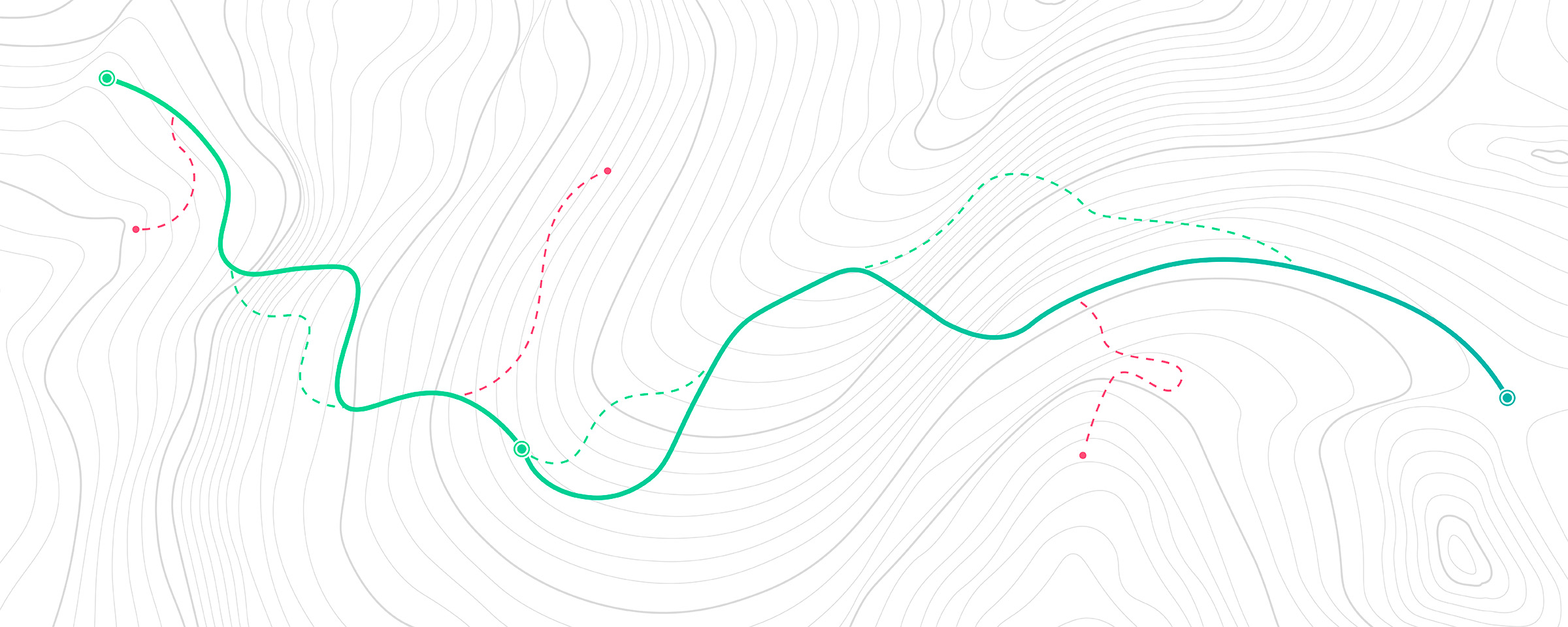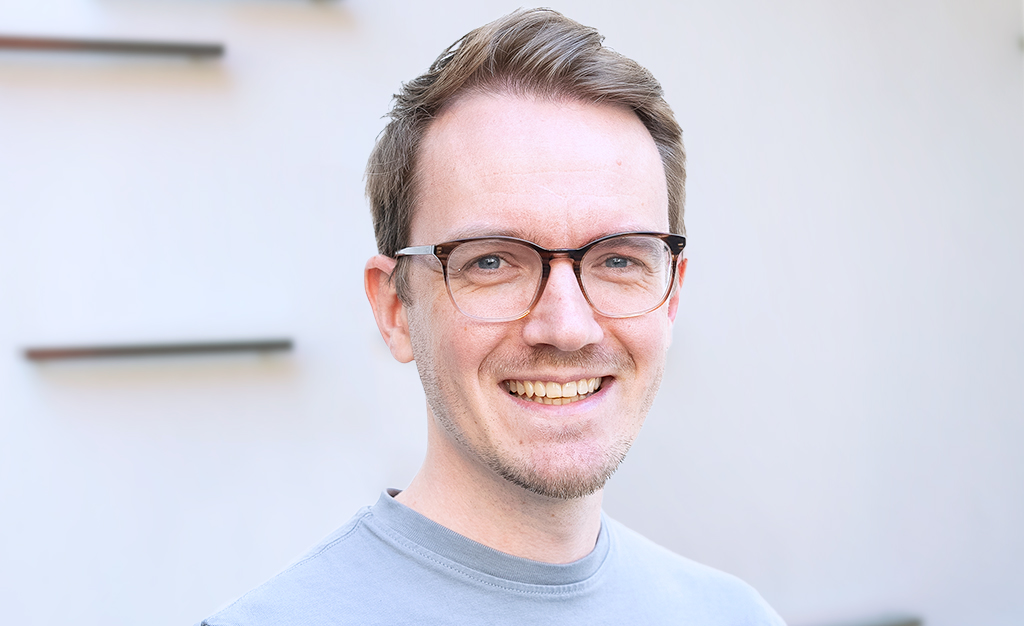
 Jan Barth
Jan Barth

14.02.2024
Towards sustainable success: Continuous discovery in product development
If customers love a product, but the strategic product direction does not meet the company's objectives, it cannot be considered a successful product. The goal must be to create a product that is fun to use, meets the needs of the target group, and contributes to the company's long-term goals.
It is now clear that the classic waterfall model no longer fits into our fast-moving, volatile world. But even the new standard of the Product Discovery process, the Double Diamond, is reaching its limits – at least when it comes to developing a product that should be successful over a long period. It is no longer sufficient to start with a detailed research phase and consider the findings as the truth for all eternity.
Users' requirements and wishes and the technical possibilities are constantly evolving. Assumptions that were true initially may be secondary or wrong a year later. At Intuity, we are committed to looking at products from this perspective.
- How do you know that a previous assumption has changed?
- How do you include all important perspectives?
In her book Continuous Discovery Habits, Teresa Torres described a product development process that answers precisely these questions. We have been integrating this theory into our practice for some time now and adapting the system to our customer's circumstances.
We benefit from this approach in the development of the DER Touristik Reise App. The travel industry is highly competitive and is constantly evolving. In addition, the target group is diverse – (almost) everyone wants to go on vacation. A continuous customer base is not guaranteed: Every year, people re-evaluate which provider they are booking with – after all, it's about the "best time of the year". This market poses many challenges for travel providers. You have to stand out with new, innovative offers to attract new customers and, at the same time, maintain a high level of quality in order not to lose existing customers.
The cornerstones of the Continuous Discovery Habits
The Product Trio
Consisting of representatives of design, product management and development, the Product Trio makes product decisions together and, if necessary, also in consultation with company management representatives. The continuous exchange of knowledge within the trio creates a more comprehensive understanding of challenges and opportunities.
The Opportunity Solution Tree
Based on the company's strategic and economic goals, this tree diagram shows opportunities (hurdles or problems that customers face that get in the way of the goals). These opportunities are uncovered in an initial research phase. Solutions (possible answers to these problems) are collected, and associated assumptions (prerequisites that must be true for the solution to work) are identified. Assumption tests are framed to validate these assumptions and develop the corresponding solutions for the customer's problems.
Continuous research
In weekly research sessions, we test prototypes with customers, conduct interviews, and analyze usage data. If sufficient data confirm assumptions, development can begin. If assumptions are incorrect, you can investigate a different solution right away.
„As they explore potential solutions, they learn more about the problem, and, as they learn more about the problem, new solutions become possible. These two activities are intrinsically intertwined. The problem space and the solution space evolve together.”
One process – many advantages
Product development using Continuous Discovery Habits keeps teams in constant contact with customers and the market. This approach enables teams to react to changing needs or market conditions early. Another advantage is the reduction of misinvestments, as companies only invest in ideas supported by valid data by constantly checking assumptions and hypotheses. Continuous Discovery promotes a development process that enables companies to bring stable products to market more quickly to achieve corporate goals. All this is particularly crucial in fast-changing markets.
Let's return to our travel example to make the benefits more tangible. A familiar stressful moment in every vacation is arrival and departure. At the beginning of the project, we developed a solution that displays check-in information at the right moment based on location. Sounds convenient and sets the product apart from the market. But how can it be that users continue to have problems with check-in in a later survey? If we include data collected during the runtime, it is noticeable that many users have blocked location sharing, meaning they cannot use the feature at all. The solution could theoretically solve the problem, but the prerequisites for this have turned out to be not given. Instead of a location-based solution, a time-based solution is more effective. It's less "sexy", somewhat less accurate, but more reliable.
The path to Continuous Discovery
You may be thinking: That sounds wonderful, but...
- How do I manage to talk to customers every week?
- How do I change my existing process?
Of course, not every company has access to permanently available test persons and not every product team has the capacity for weekly user tests and interviews. These prerequisites cannot be taken for granted and need to be established. It makes sense to grow into this. You have gained a lot if you go from contacting customers every six months to a monthly exchange.
Another critical measure is the establishment of a broad tester pool. Existing customer contact points must be examined, and measures defined to create such a pool of testers. The existing customer base should be encouraged to get involved in product development through interviews or user tests. This also increases the users' identification with the product and the feeling that their needs are recognized and incorporated into the development.
If you don't simply write possible solutions as a user story into the backlog, but add corresponding assumptions, you are forced to think about potential pitfalls and validate the assumptions. This does not always require large-scale user tests. Sometimes, as in our example, it is enough to look at current usage statistics. The key word here is Pragmatism.
How we can support you
We developed a workshop format that supports your project team in implementing Continuous Discovery to ensure successful products and services in the long term. The Opportunity Solution Tree plays a central structuring role in this process.
With our in-depth expertise in user experience design, user research and front-end development, we are also the ideal partner to help you with product development.
Successful products require continuous consideration and inclusion of the perspectives involved, not only during development but over the entire product life cycle – from the initial idea to the sundown.
Do you also want to develop future-proof digital products and services?